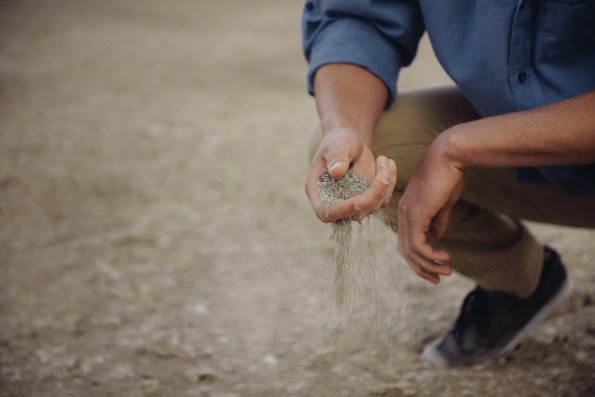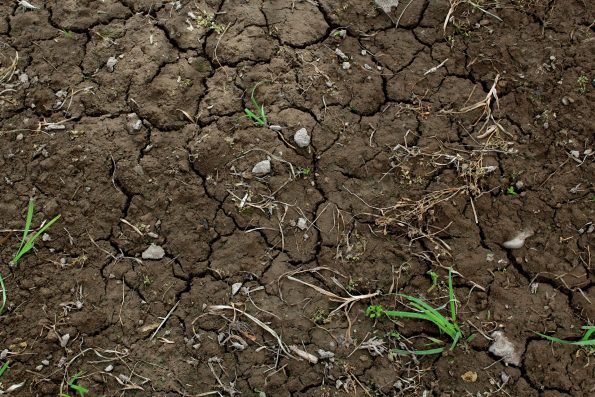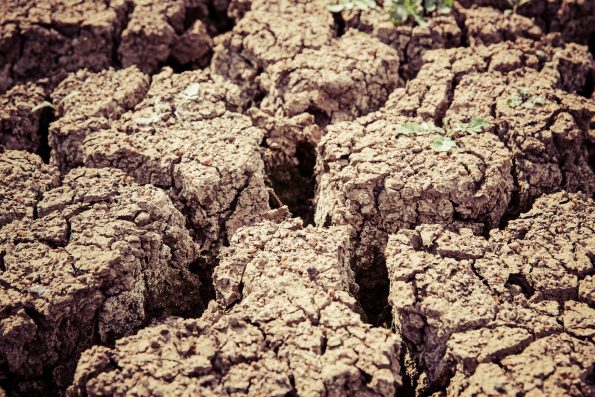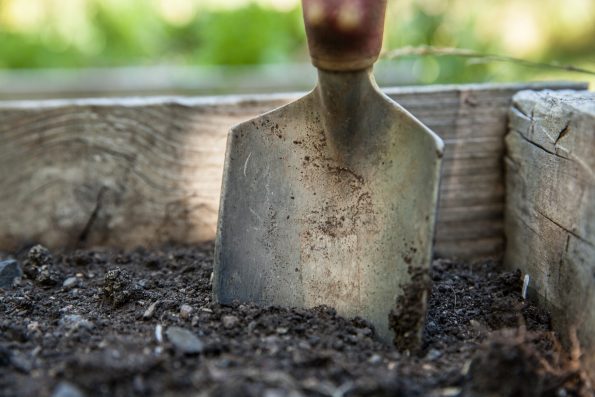
Why Amending Soil Can Be Beneficial
Amending soil in your garden may be your best option to improve its structure. “Why should I bother amending my soil,” you ask? The answer is rather straightforward. Often times gardeners are not blessed with perfectly rich soil to grow with. Just because grass grows well doesn’t mean other plants will.
There could be many reasons for amending soil in your garden. Since soil is the most important part of your garden, ensuring it has the right make-up is vital. Remember, soil isn’t just dirt. It’s alive!

What Does “Amending Soil” Mean?
The definition of amend means “to improve by correcting or by freeing from error.” It can be applied to many topics, such as amend your tax return. But in this case, let’s stick to soil.
By amending soil in our own gardens, we are improving or correcting it to best serve our plants. If you are purchasing bagged soil for potted plants then you won’t be doing any amending. These methods are for those who are planting directly into the ground. Although, if you plan to reuse last year’s potting soil, definitely amend it with fresh organic material.
If you are just starting your garden, or perhaps building a raised bed, making amendments should be on your list of priorities before planting. Don’t forget to test your soil before hand to make sure you aren’t amending with the wrong things.

What’s Your Structure?
Determining the structure of your native soil will help with finding the right amendments. Where you live will likely have the most to do with it. When I lived in Central Florida the soil was sandy. In SE Michigan, where I live now, its more like clay.
Sandy soil drains well, and that’s great for plants. The problem is, water can drain away too fast leaving nothing behind for your plants. Nutrients available for your plants to absorb can drain away too.
With soil that’s mostly clay, the available nutrients can be plentiful. However the soil doesn’t drain well and roots can’t spread as easily. Before making any amendments, be sure to should check your soil’s composition and pH.

What To Amend With
One safe bet to go with when amending any type of soil is to simply add more organic matter. Compost is a great example. Plants love a good, healthy compost and it can also help balance pH. Manure can be another good choice. Though it is probably wise to mix more than solely manure. Worm castings are also an amazing organic addition to any garden soil.
For Sandy Soil
Besides compost and manure, peat moss can be a great addition to sandy soil. Peat moss is great at retaining moisture. It also breaks down slowly, whereas compost and manure do not. Other alternatives include biochar, coconut fiber (aka coconut coir), vermiculite, mulch and wait for it… clay.
Here is a great video on how to amend sandy soil, even if there is a short sales pitch at the end:
For Clay Soil
Clay soil, when dried out, will become very hard and almost rock-like. When wet, it’s mucky and sticky. Often clay soil needs help with it’s draining ability. Adding sand is one method of loosening things up. Although, adding enough sand can be laborious.
Your soil will definitely have to be churned and mixed well down to whatever depth you think is necessary for your plants. Adding compost with sand could be a great double whammy to mix throughout your soil.
Another alternative is called Greensand, which contains many minerals. Greensand comes from areas where ancient oceans were. When the water receded it left behind marine life, such as coral, that is nutrient dense. The addition of Greensand could add many beneficial minerals to your soil, and ultimately to your plants.
The guy in this video details some of the problems with clay soil as well as how he amended his. I love how cheap he got is compost for. And it looks like he’s from the Denton, TX area, right down the road from where I grew up:
Recap:
Definitely test your soil and find out what the pH is before making amendments. There are many more types of amendments available that aren’t listed here. You can easily change the soil pH depending on what you use. The last thing you want to do is push your soil more acidic or alkaline than it already is. Then you’ll really be struggling to get things growing!
Ideally amending soil, whichever type you have, should result in a loam soil. Basically loam soil has a roughly even mixture of clay, sand and silt. It drains well, has a balanced pH and is rich in nutrients. Nearly all plants will grow well in a fertile blend such as this.
Remember that amending soil is an ongoing process for your garden. Every year you can take steps to add nutrients for your plants. Sometimes what you do in the offseason can also make a difference, like planting green manure.
If you enjoyed this article then please share with someone else who could use it. Subscribe to our newsletter for updates and tips for your garden from Grow To Save!